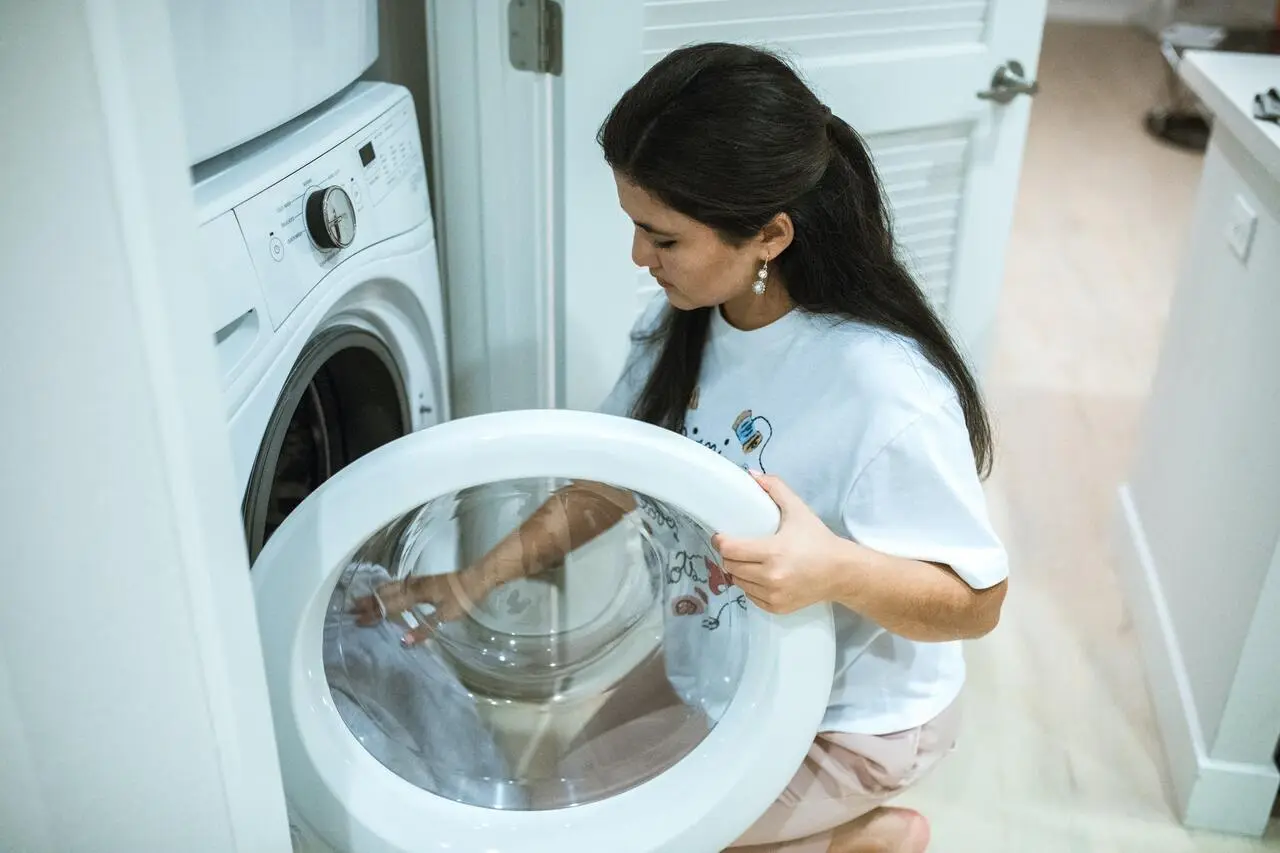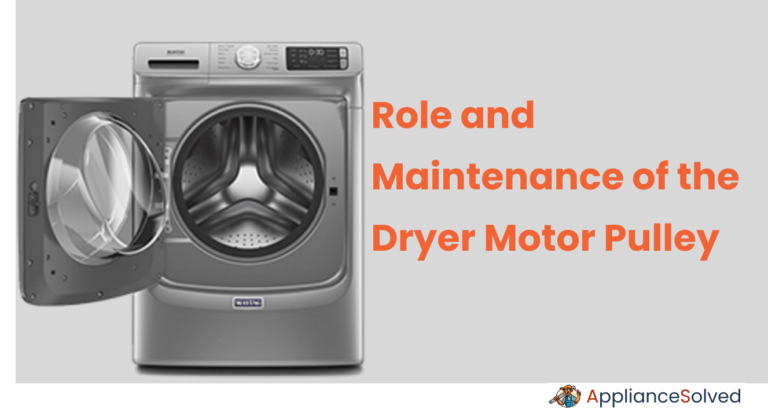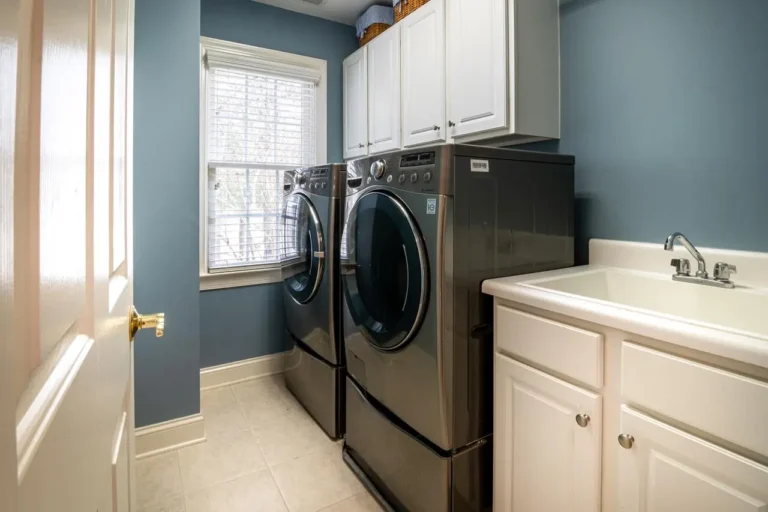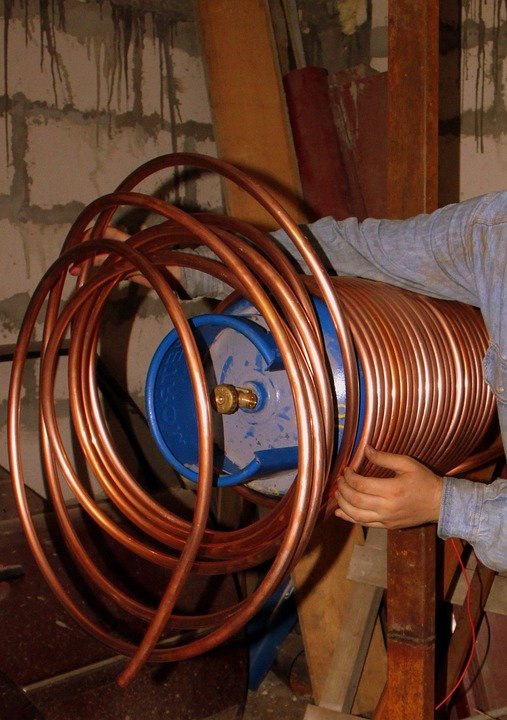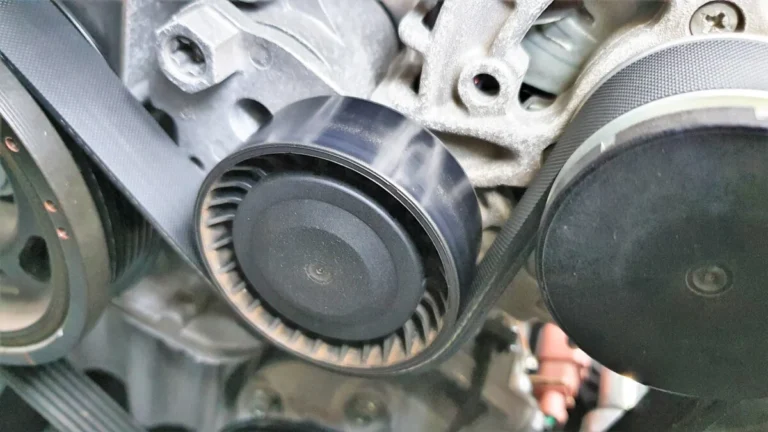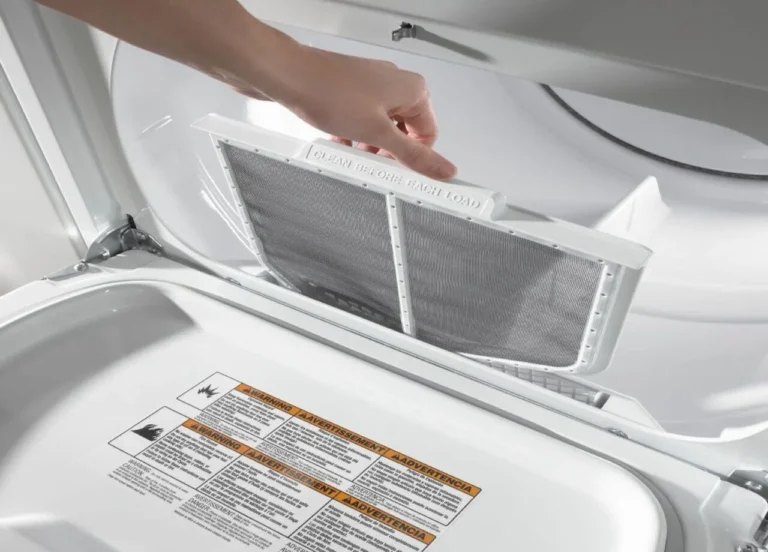Understanding Dryer Door Switch: A Crucial Component for Safe and Efficient Operation
When it comes to home appliances, the dryer plays a crucial role in our daily lives. Whether it’s a small load of laundry or a mountain of clothes, dryers make the task of drying clothes effortless and efficient. Within this essential appliance, there exists a parts of a dryer that often goes unnoticed but holds immense importance for safety and functionality the dryer door switch.
What is a Dryer Door Switch?
A dryer door switch is a small but vital device installed on the dryer’s door frame. Its primary purpose is to control the operation of the dryer when the door is either open or closed. This safety mechanism ensures that the dryer operates only when the door is securely shut, preventing accidental exposure to the heated drum and internal components.
How Does the Dryer Door Switch Function?
A dryer door switch operates using a simple mechanism. When the dryer door is closed, a small lever on the switch engages with a metal actuator on the door frame. This engagement signals to the dryer’s control system that it is safe to start the drying cycle. Conversely, when the door is open, the lever disengages from the actuator, triggering a safety circuit that halts the dryer’s operation.
The role of the dryer door switch extends beyond ensuring safety. It also serves as an energy-saving device by preventing unnecessary operation and wastage of electricity. Without a functioning door switch, the dryer would continue to run even with the door open, resulting in a significant waste of energy and potential damage to the appliance.
Common Issues with Dryer Door Switches and Troubleshooting
As with any mechanical and electrical component, dryer door switches can sometimes encounter problems. Familiarizing yourself with these issues can help troubleshoot and resolve them promptly, ensuring the continuous and efficient functioning of your dryer.
1. Failure to Start:
If your dryer fails to start when the door is closed, the door switch may be faulty. Begin troubleshooting by checking if the switch lever is engaging with the door’s actuator. A misalignment or damage to the switch or actuator may hinder the proper functioning of the switch. If realigning or repairing these parts doesn’t solve the issue, it might be necessary to replace the faulty switch.
2. Constant Running with an Open Door:
Contrarily, if your dryer continues to run even when the door is open, the door switch may be stuck in the closed position. This situation can prove dangerous as the machine operates without the necessary safety precautions. In such cases, inspect the switch and actuator for any debris or obstruction. Thorough cleaning and ensuring proper alignment should address the problem. If the switch remains stubbornly closed, replacement may be necessary.
3. Intermittent Start/Stop:
An intermittently functioning dryer can be frustrating and may indicate a faulty door switch. In this scenario, the switch might not consistently engage or disengage due to mechanical wear and tear. Inspect the switch and actuator for signs of damage, such as loose or worn-out components. If necessary, replacement with a new switch can restore the functionality of your dryer.

Importance of Regular Dryer Maintenance
While the dryer door switch is a vital safety feature, it is essential to remember that a well-maintained appliance is crucial for optimal efficiency and prolonged lifespan. Regular maintenance helps identify issues early on and prevents potential breakdowns. Here are some maintenance tips to keep your dryer in top condition:
1. Cleaning the Lint Filter:
Cleaning the lint filter after every use ensures proper airflow and prevents a buildup of lint within the dryer. A clogged lint filter can impede drying performance, increase energy consumption, and even pose a fire hazard. Regular cleaning extends the efficiency and safety of your dryer.
2. Clearing the Vent Hose:
Periodically inspect and clean the vent hose connecting your dryer to the exterior. A ventilation system free from obstructions allows moist air to escape efficiently, aiding the drying process. Additionally, it reduces strain on the dryer and minimizes the risk of overheating.
3. Checking the Door Seal:
The door seal, also known as a gasket, ensures a tight closure to prevent air leaks during operation. Regularly inspect the seal for any signs of wear, damage, or accumulation of debris. If necessary, clean it and replace it promptly to maintain proper drying efficiency.
4. Professional Maintenance:
Consider scheduling professional maintenance checks for your dryer every year or as recommended by the manufacturer. Trained technicians can perform thorough inspections, identify potential issues, and provide necessary repairs or replacements. This proactive approach can help prevent costly breakdowns and ensure the longevity of your appliance.
Conclusion: Emphasizing Safety and Efficiency
The dryer door switch is undoubtedly a small component, but its significance cannot be undermined. Its role in ensuring the safety and energy efficiency of your dryer is paramount. By understanding its function, troubleshooting common issues, and prioritizing regular maintenance, you can safeguard your appliance while optimizing drying performance.
Maintaining a well-functioning dryer not only saves you time and money but also contributes to reducing energy consumption and promoting a safer home environment. With the dryer door switch as a guardian for proper operation, you can enjoy the convenience and benefits of a reliable and efficient drying experience.

